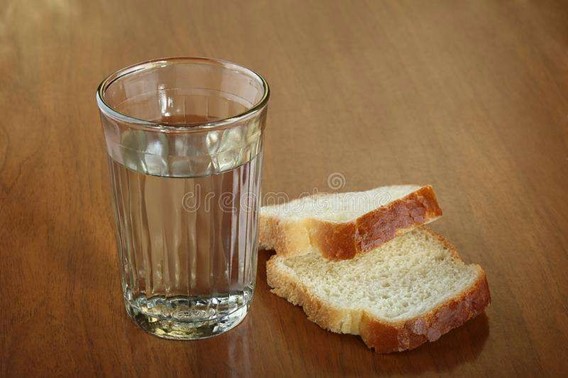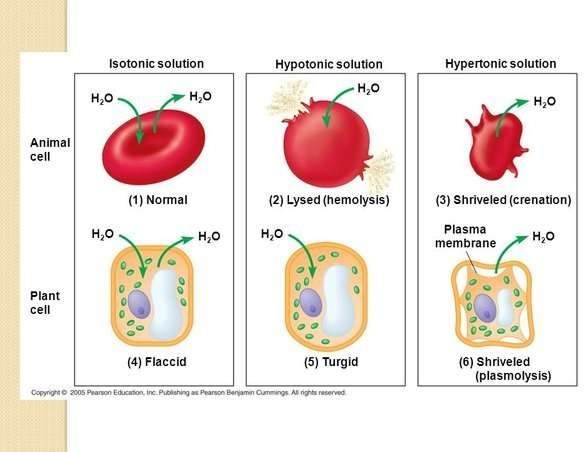A client is prescribed oral potassium supplements for hypokalemia. The nurse instructs the client to take the medication:
With food or a full glass of water.
On an empty stomach with a sip of water.
With milk or antacids to prevent irritation.
With grapefruit juice to enhance absorption.
The Correct Answer is A

Oral potassium supplements can cause stomach irritation or laxative effect if taken without enough fluid or food.
Taking the medication with food or a full glass of water can help prevent these side effects and improve absorption.
Choice B is wrong because taking the medication on an empty stomach with a sip of water can increase the risk of stomach irritation or laxative effect and reduce absorption.
Choice C is wrong because taking the medication with milk or antacids can interfere with the absorption of potassium and cause hyperkalemia (high blood potassium levels).
Choice D is wrong because taking the medication with grapefruit juice can also interfere with the absorption of potassium and cause hyperkalemia.
Grapefruit juice can also interact with some medications that affect potassium levels, such as angiotensin-converting enzyme (ACE) inhibitors and potassium- sparing diuretics.
Nursing Test Bank
Naxlex Comprehensive Predictor Exams
Related Questions
Correct Answer is A
Explanation
Increased urine output is a sign of adequate hydration, as it means the kidneys are filtering waste and fluids from the body through the urine. The urine should be pale straw or lemonade colored, which indicates good hydration.
Choice B is wrong because decreased urine output is a sign of dehydration, as it means the kidneys are not working well and waste products are accumulating in the blood.
The urine may be dark and strong smelling, which indicates poor hydration.
Choice C is wrong because dry mucous membranes are a sign of dehydration, as they indicate a lack of fluid in the body tissues.
Choice D is wrong because hypertension is not a direct indicator of hydration status, although dehydration can cause low BP due to reduced blood volume.
Correct Answer is B
Explanation

An isotonic solution has the same concentration of solutes as the blood plasma. 0.9% sodium chloride solution is an example of an isotonic solution.
It is used to supply water and salt to the body and to prevent hypotension induced by spinal anaesthesia.
Choice A is wrong because a hypotonic solution has a lower concentration of solutes than the blood plasma.
It can cause water to move into the cells and cause them to swell.
Choice C is wrong because a hypertonic solution has a higher concentration of solutes than the blood plasma.
It can cause water to move out of the cells and cause them to shrink.
Choice D is wrong because a colloid solution contains large molecules that do not pass through the capillary walls.
It is used to increase the blood volume and pressure in cases of shock or severe blood loss.
Whether you are a student looking to ace your exams or a practicing nurse seeking to enhance your expertise , our nursing education contents will empower you with the confidence and competence to make a difference in the lives of patients and become a respected leader in the healthcare field.
Visit Naxlex, invest in your future and unlock endless possibilities with our unparalleled nursing education contents today
Report Wrong Answer on the Current Question
Do you disagree with the answer? If yes, what is your expected answer? Explain.
Kindly be descriptive with the issue you are facing.
